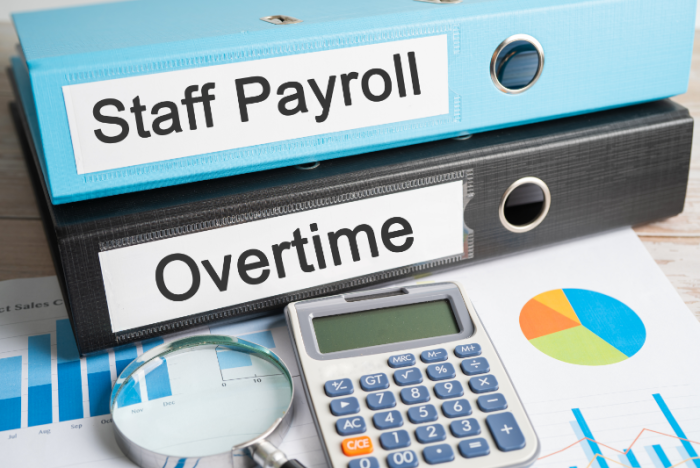
What Employers Need To Know and Do About the Higher Salary Thresholds in the DOL’s New Overtime Pay Rule.
In a matter of weeks, the number of American workers entitled to overtime pay under the Fair Labor Standards Act (FLSA) will expand significantly. That is because a Final Rule published by the Department of Labor on April 23, 2024, raises the salary threshold for exempt bona fide executive, administrative, or professional (EAP) employees as well as for “highly compensated employees.” The DOL estimates that this adjustment, effective July 1, 2024, will require employers to pay approximately 4.3 million more Americans time-and-half for all hours worked above 40 per week.
Here is what employers need to know about the Final Rule and the steps they can take to prepare for this new era of overtime compensation obligations.
EAP Exemption
Currently, the salary threshold for qualifying for the “white collar” or EAP exemption for overtime pay is $35,568. Under the Final Rule, that figure will be raised in two stages with additional increases every three years thereafter, starting July 1, 2027, to reflect current earnings data. Specifically:
- The salary threshold for EAP exemptions increases to $43,888 per year (or $844 per week) on July 1, 2024.
- Six months later, on January 1, 2025, the threshold increases to $58,656 per year (or $1,128 per week).
While the Final Rule adjusts the salary level applicable to the EAP exemption, it does not change the test for determining whether an employee’s job duties qualify them for the exemption.
Similarly, the rule does not alter an employer’s ability to use nondiscretionary bonuses and incentive payments (including commissions) to satisfy up to ten percent of the new salary levels, so long as they make those payments annually or more frequently.
Highly Compensated Employee Exemption
The new rule also raises the salary thresholds for the FLSA’s “highly compensated employee” exemption. Similar to the EAP exemption, the highly compensated employee exemption applies to salaried workers who earn more than the designated amounts, whose primary duty includes performing office or non-manual work, and who customarily and regularly perform at least one of the exempt duties or responsibilities of an exempt executive, administrative, or professional employee.
Currently, to qualify for the highly compensated employee exemption, the employee must earn at least $107,432 annually on a salaried basis. Under the Final Rule, an employee will qualify for the exemption only if they earn at least amounts:
- $132,964 starting on July 1, 2024.
- $151,164 starting on January 1, 2025.
What Employers Should Do Now
To prepare for these changes, employers should work with counsel to thoroughly review the compensation amounts and structures for all salaried employees, as well as job duties and responsibilities. Reclassification of some employees may be advisable or necessary, as may salary increases to qualify for the higher exemption threshold.
If you have questions about the Final Rule or would like to discuss its practical implications for your business, please contact Mariel Newhouse at Maddin Hauser.
































